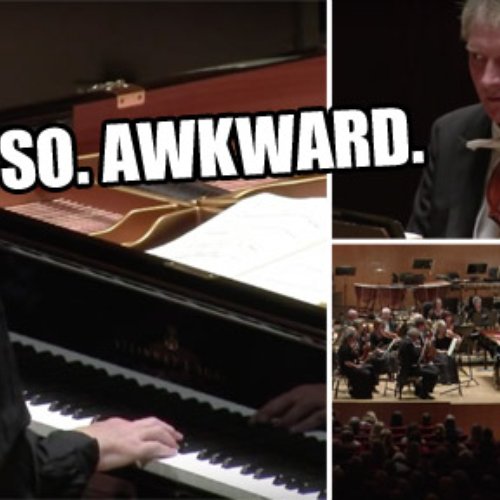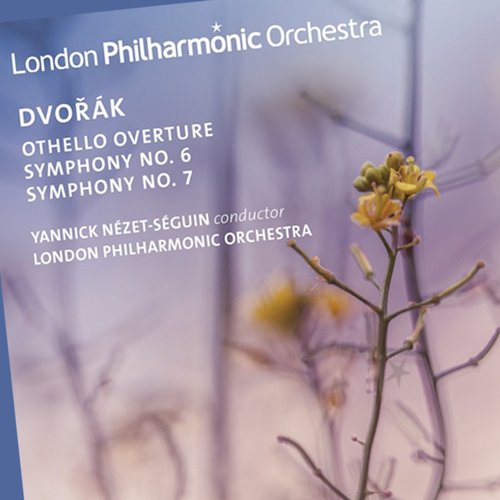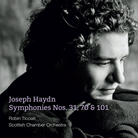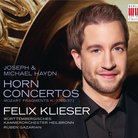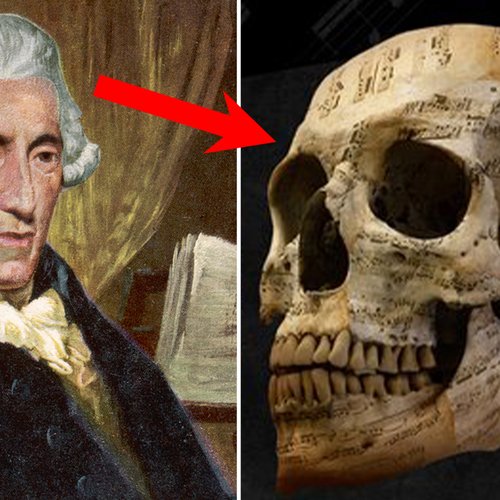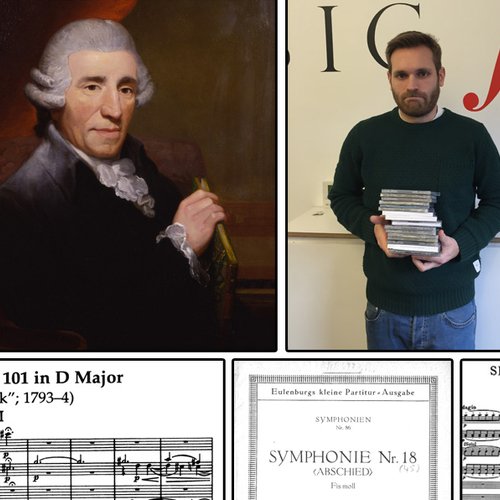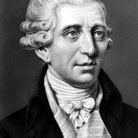Franz Joseph Haydn: Cello Concerto No.1 in C
Demonstrating the many facets of the cello - from growling low chords to tripping semiquaver scales in the instrument's sweet high register - Haydn redefined orchestral playing with his fantastic concerto
In the 1760s, Haydn made sure all his players in the Esterhazy orchestra played an important part in his newly composed symphonies. To ensure his best players stayed onside in the competitive orchestral environment, he increased the number of instrumentalists, but composed a number of appetising concertos to tempt the best players to stay onside.
One such piece is the Cello Concerto No. 1, written for cellist Joseph Weigl. It was a present from Haydn - one that was subsequently lost until 1961, and re-premiered by master-cellist Mstislav Rostropovich.
Cello Concerto No. 1: Moderato
From the solo cello's triumphant opening chord and the lively conversation between the orchestral strings and the soloist, Haydn proves this concerto deserves its place in the canon of cello repertoire. It's a perfect vehicle for a player's technique, with fast runs and meaty chords, showing the cello is far more than just a bass-line instrument. Poignant falling phrases are suited to the cello's warm tone - but there's a fair share of Haydn's characteristic symphonic charm, as the dependable lower strings play out a slow and steady accompaniment.
Cello Concerto No. 1: Adagio
Stately and majestic, the solo cello's swelling melody emerges gently from the orchestral accompaniment. It's a magical moment, as the tune begins to take shape. The soloist isn't quite as prominent in this movement - the soloist even accompanies the orchestra at points - but the characteristic scales from the first movement are still present.
Cello Concerto No. 1: Finale, Allegro Molto
With the relentless pulsing bass-line and rushing violin scales in the orchestra, you could be forgiven for thinking this is just another lively symphony. That is, until the cello enters. Taking all the best bits from the first two movements, starting with a long sustained note as the orchestra play the tune, and quickly developing into sweeping chords, turns and amazing virtuosic runs, this pulse-quickening movement is a wonderful six-minute showcase of what the cello can do.
Recommended Recording
Mstislav Rostropovich (cello); Academy of St Martin in the Fields; Iona Brown (conductor). EMI Classics: 5672342.
Illustration: Mark Millington


